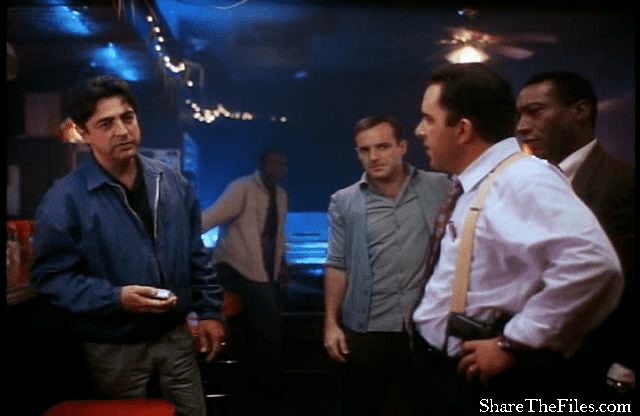
(b) Axial CISS sequence of the left CPA and IAC demonstrates the normal cisternal and intracanalicular segments of the left CN VII (solid arrow), anterior to CN VIII (double lined arrow). This is formed by the motor tracts of the facial nerve (purple curved line) coursing around the abducens nucleus (yellow dot). (a) Axial CISS image at the level of the pons demonstrates the facial colliculus (arrow) seen as a small bump along the anterior wall of the fourth ventricle. This loop of the facial nerve forms the internal genu of the facial nerve. The motor fibers the pass dorsally, loop medial-to-lateral around the abducens nucleus, and create the facial colliculus, which bulges into the floor of the fourth ventricle (Figure 1). Thus, muscles of the forehead receive innervation from both sides of the motor cortex, and so forehead-sparing facial paralyses can be indicative of a central etiology. The majority of motor fibers that supply the musculature of the forehead also cross the midline however, a few fibers do not, instead traveling in the ipsilateral motor nucleus. There, the motor fibers supplying the facial musculature beneath the brows cross the midline to reach the contralateral motor nucleus in the reticular formation of the lower pons (anterior to the fourth ventricle). These fibers travel in the posterior limb of the internal capsule inferiorly to the caudal pons.

As the mastoid tip develops, the extratemporal facial nerve is positioned in a more inferior and medial position.įacial motor fibers originate from cell bodies located in the precentral and postcentral gyri of the frontal motor cortex. The only difference between the anatomy of the facial nerve in infants compared with adults is in the region of the stylomastoid foramen. The bony facial canal develops until birth, enclosing the facial nerve in bone throughout its course except at the facial hiatus (the site of the geniculate ganglion) in the floor of the middle cranial fossa. By the 16th week, the neural connections are completely developed. Complete separation of the facial and acoustic nerves and development of the nervus intermedius (or nerve of Wrisberg) occurs by 6 weeks of gestation. The facial nerve is composed of motor, sensory, and parasympathetic fibers. Development and Anatomy of the Facial Nerve In this paper we describe the development and anatomy of the facial nerve, then radiographic techniques used in facial nerve evaluation, and finally the pathologic entities that affect the facial nerve. In all cases, choice of the imaging modality utilized should be determined by specifics of the patient’s symptoms and the differential diagnosis. This technique has been shown to be potentially useful in the identification displacement of cranial nerve fibers by vestibular schwannomas. Diffusion tensor (DT) tractography, which uses MRI to make three-dimensional (3D) reconstructions of the facial nerve, has recently been developed. Facial nerve ultrasound has been used in a recent study to predict functional outcomes in Bell’s palsy. Magnetic resonance imaging (MRI) is useful for identifying soft tissue abnormalities around the facial nerve, as seen in inflammatory disorders, neoplasms, and hemifacial spasm. Computed tomography is useful for identifying bony abnormalities of the intratemporal facial nerve, which can occur with congenital malformations, trauma, and cholesteatoma. The facial nerve has a complex anatomical course, and dysfunction can be due to congenital, inflammatory, infectious, traumatic, and neoplastic etiologies. Imaging plays an important role in the evaluation of facial nerve disorders.

More recently, diffusion tensor tractography has appeared as a new modality which allows three-dimensional display of facial nerve fibers. Ultrasound of the facial nerve has been used to predict functional outcomes in patients with Bell’s palsy. Computed tomography and magnetic resonance imaging are helpful for identifying bony facial canal and soft tissue abnormalities, respectively. Facial nerve dysfunction can occur from a variety of causes, which can often be identified on imaging.

The facial nerve has a complex anatomical course thus, a thorough understanding of the course of the facial nerve is essential to localize the sites of pathology. Imaging plays a critical role in the evaluation of a number of facial nerve disorders.


 0 kommentar(er)
0 kommentar(er)
